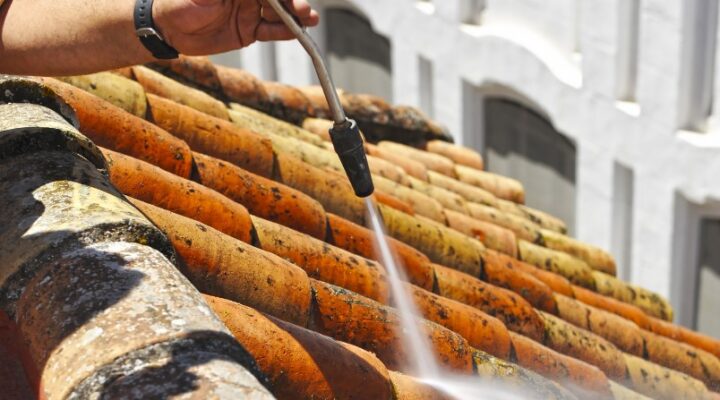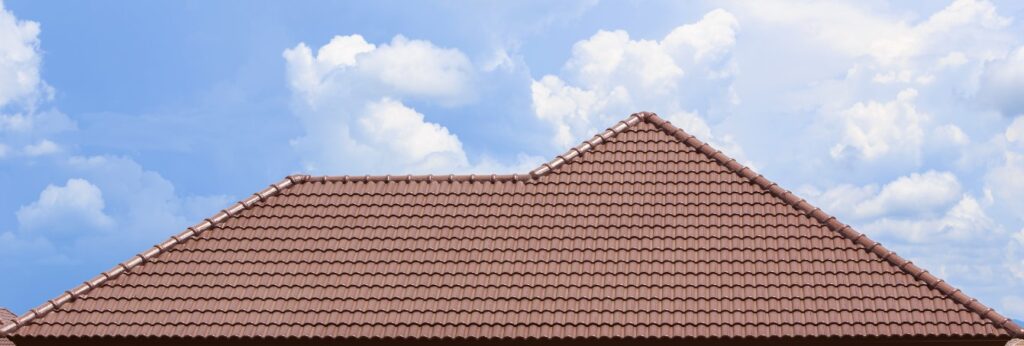
The roof can become your home’s first line of defense against heat, rain, snow, and wind. This ‘shield’ protects household members and indoor objects from weather hazards and harsh elements. But, it doesn’t mean that the roof is impervious to all manner of harm.
Hence, it’s essential to maintain the look and condition of your roof to keep its integrity and provide excellent protection against rough weather. So, read on to know how you can preserve the structural integrity and beauty of your roof.
Do A Thorough Inspection
Note that different rooftops may require different maintenance procedures. Understand that roofing materials vary, which means you should use the correct upkeep measures to find damages and strategize solutions.
Here are some of the different roof types and a few tips on doing thorough inspections for each class:
- Asphalt Roofing
Asphalt roof surfaces are granular, which means that this material tends to become brittle from overexposure from the sun’s heat and other harsh elements. Check the granules as these elements tend to detach from the shingles.
Also, inspect the gutters. Some detached granules might get washed away because of their brittleness.
You can replace shingles from asphalt roofing if the damage seems too severe for repairs. But, roofing materials tend to have limits when it comes to the number of times proper replacements are possible without faults.
As for asphalt shingles, that limit tends to be at around three times. Hence, if you’ve already covered and replaced the shingles more than three times, then, consider replacing the entire roof instead. In turn, you can avoid potential risks and additional dangers.
- Metal Roofing
Metal roofs may provide unique benefits that may not be immediately apparent in other roofing types. These advantages include rust and corrosion resistance, and life expectancies of over 50 years. Checking and maintaining a metal material requires a thorough inspection of the corners, joints, and seams. Proceed to replace or reapply dried, loose, or peeling seam material to help reestablish the roof’s appearance and sturdiness.
- Clay Tile Roofing
Clay tile roofs tend to have decent durability levels as these rooftops may withstand harsh weather conditions, like heavy rains and strong hailstorms. But, clay may not hold well when met with strong pressure. Thus, avoid stepping on clay roofs as you inspect them.
Contact a professional roofing company instead of trying to inspect your rooftop by yourself if you find it challenging to identify potential hazards and damages. As per Pearson Roofing Company, an inspection from a highly-trained roof expert can confirm the correct material and the extent of the damages. Moreover, the right technician can outline the scope of the roof repair or replacement task for quick resolutions of any issues found.
Look For Ceiling Leaks

Don’t forget to look up while you’re inspecting and maintaining your roof. Remember, the ceiling is also part of the roof. Some cases allow you to identify rooftop issues by looking at the ceiling.
Search for leaks dripping from the ceiling. Consequently, look for water stains caused by the said leaks. Note that water damage caused by holes in roofing materials may cause mold and mildew growth. Prolonged exposure to these harmful substances can cause health concerns, such as:
- Asthma
- Allergic reactions
- Eye irritations
- Headaches
- Nausea
- Fever
Replace damaged roofing shingles the moment you see leaks and water stains. Moreover, consider replacing the water damaged area for new material to reduce the risk of the development of mold and mildew.
Wash The Roof
Cleanliness should be part of your maintenance checklist in keeping the aesthetics and durability of the roof. Note that you can clean your rooftop without seeking professional help, but consider hiring experts if you want a thorough cleaning job.
Nonetheless, you can continue cleaning your roof with DIY techniques. However, different materials may require different cleaning procedures.
For instance, opt to use a mixture of a chemical cleaner with a quart of bleach and gallon of water. Pour and mix the solution in a pump-style garden sprayer. Once finished, stand on your roof while following safety protocols and spray the shingles as thoroughly as possible.
Next, spray the materials with water from a standard garden hose. Be wary as you shouldn’t apply too much pressure from the garden sprayer and the hose. Applying significant water pressure can put the shingles at risk of denting, which opens up opportunities for other problems.
Trim Overhanging Branches
Trees can help produce clean air for you to breathe while you lounge in your porch. But, overhanging tree branches can become problems as these objects can fall on your roof during severe weather conditions.
Understand that cutting tree branches can be a delicate process. Cut the wrong area, and you risk robbing the tree’s natural healing factors.
Follow the guidelines listed below to help you cut or prune large tree branches from your property:
- The First Cut
Cut a small notch at the bottom of the branch. This area should be about two to three feet away from the trunk. Preparing this notch helps keep the bark from splitting as you create the next cut.
- The Second Cut
Also called the relief cut, the second cut you make should be near the first cut. You’re going to make a relief to help remove the weight of the branch.
- The Final Cut
The final cut tends to be the most important part of the process. Cut the branch in the area where it transitions from the branch collar to the bark. Follow the branch collar’s slant because cutting in different directions may hurt the tree. If done correctly, the branch should fall, and the ‘wound’ in the tree should heal over time.
Also, ensure that the falling branch will be far away from the roof when it falls. You might leave a large dent or hole on your roof if you fail to check the branch’s falling location before cutting it.
Conclusion
Maintaining the look and condition of your roof requires thorough inspections, proper cleanliness, and debris removal practices. Consider checking your roof at least twice per year for any signs of damages. Remember, you’re not alone in caring for your rooftop. Opt to hire industry professionals if you think the job is too much for you to handle.
Leave a Reply